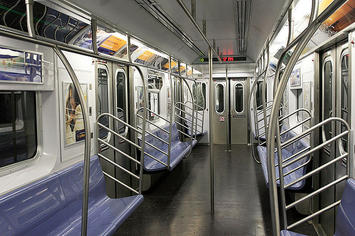
If you didn’t have time to watch my transit presentation from Milwaukee, I distilled a few of the themes into my October column for Governing magazine. Here’s an excerpt:
The net result has been to cut the legs out from under transit demand in many places. Commuter-rail systems have been particularly hard-hit: Chicago's Metra carried just 7,000 passengers on March 31, a 97.6 percent decrease from the same day in 2019. But even at better-performing bus systems in smaller cities that predominantly serve riders who don't own cars and are disproportionately among the essential workers who must show up at job sites, ridership has declined significantly. In Indianapolis in August, for example, it was down 43 percent year over year.
This loss of riders is producing a financial crisis for many systems, one that calls for long-term rethinking of how transit is paid for and operated. Funding from the CARES Act, the federal coronavirus relief legislation passed in March, has helped cover budget gaps to date. But this is proving insufficient for larger transit systems like New York's Metropolitan Transportation Authority. Most of the largest systems earn at least 30 percent of their revenue from fares, a figure that rises to nearly half for some systems. This is not the case for most smaller systems, where the farebox share of revenue can be less than 25 percent; those systems are simply not as exposed to loss of fare revenue. But as the government tax dollars that make up the bulk of their funding take a hit, financial challenges will come for them as well.
Read the rest at Heartland Intelligence.
Aaron M. Renn is an opinion-leading urban analyst, consultant, speaker and writer on a mission to help America’s cities and people thrive and find real success in the 21st century. He focuses on urban, economic development and infrastructure policy in the greater American Midwest. He also regularly contributes to and is cited by national and global media outlets, and his work has appeared in many publications, including the The Guardian, The New York Times and The Washington Post.
Photo credit: Absolute Wade via Wikimedia under CC 2.0 License.












